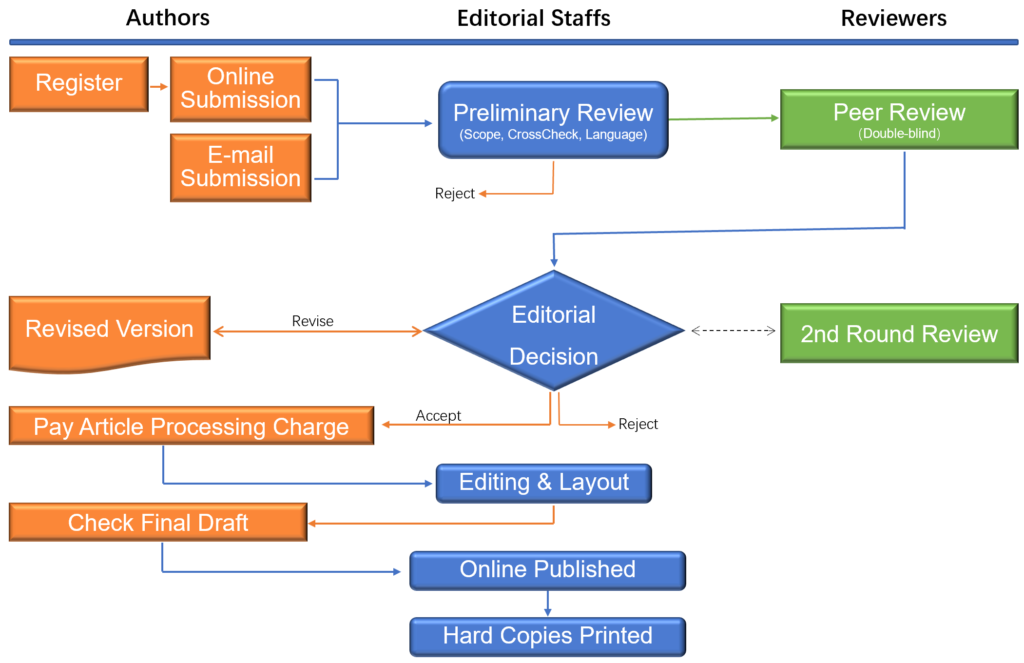
Earth Sciences Research Journal Publication:
Choose a Specific Earth Sciences Topic:
- Earth Sciences is a broad field. Narrow down your focus to a specific area such as geology, meteorology, oceanography, or environmental science.
Conduct a Comprehensive Literature Review:
- Familiarize yourself with existing research in your chosen Earth Sciences area. Identify gaps or areas where your research can contribute.
Formulate Research Questions or Hypotheses:
- Clearly define the research questions or hypotheses that your study aims to address.
Research Methodology:
- Describe the methodology you’ll use, whether it involves fieldwork, laboratory experiments, data analysis, or modeling.
Data Collection and Analysis:
- Collect data using appropriate methods and analyze it using statistical or scientific techniques relevant to your field.
Results Presentation:
- Present your findings in a clear and organized manner. Include visuals like maps, graphs, or diagrams when necessary.
Discussion:
- Interpret your results, discuss their implications, and relate them to existing Earth Sciences knowledge.
Conclusion:
- Summarize your research and emphasize its significance in advancing Earth Sciences understanding.
E-commerce Research Journal Publication:
Choose a Specific E-commerce Topic:
- E-commerce covers areas like online marketing, consumer behavior, supply chain, and technology. Choose a specific aspect that aligns with your interests.
Conduct a Literature Review:
- Review existing literature in E-commerce to understand the current state of research and identify gaps.
Define Research Questions or Hypotheses:
- Clearly articulate the research questions or hypotheses your study seeks to answer.
Research Methodology:
- Describe how you will approach your research, whether it involves surveys, case studies, data analysis, or experimental methods.
Data Collection and Analysis:
- Collect and analyze data using methods suitable for E-commerce research. This may include statistical analysis or qualitative data interpretation.
Results Presentation:
- Present your E-commerce research findings clearly, using visuals if applicable.
Discussion:
- Interpret your E-commerce results, discuss their implications for the industry, and relate them to existing literature.
Conclusion:
- Summarize your E-commerce research and highlight its contributions to the field.
Common Considerations:
Abstract:
- Write concise and informative abstracts for both research papers.
Manuscript Formatting:
- Format your manuscripts according to the guidelines of the selected Earth Sciences and E-commerce research journals.
Submission:
- Submit your manuscripts to the respective journals, following their submission guidelines.
Peer Review:
- Expect your papers to undergo a peer-review process where experts in each field evaluate their quality and validity.
Revision:
- Revise your papers based on feedback from peer reviewers.
Acceptance and Publication:
- Once accepted, your papers will be published in the respective journals.
Promotion:
- Promote your published work within the Earth Sciences and E-commerce communities.
Remember to tailor your research methodologies, language, and writing style to the specific expectations of each field. Good luck with your dual research endeavors!